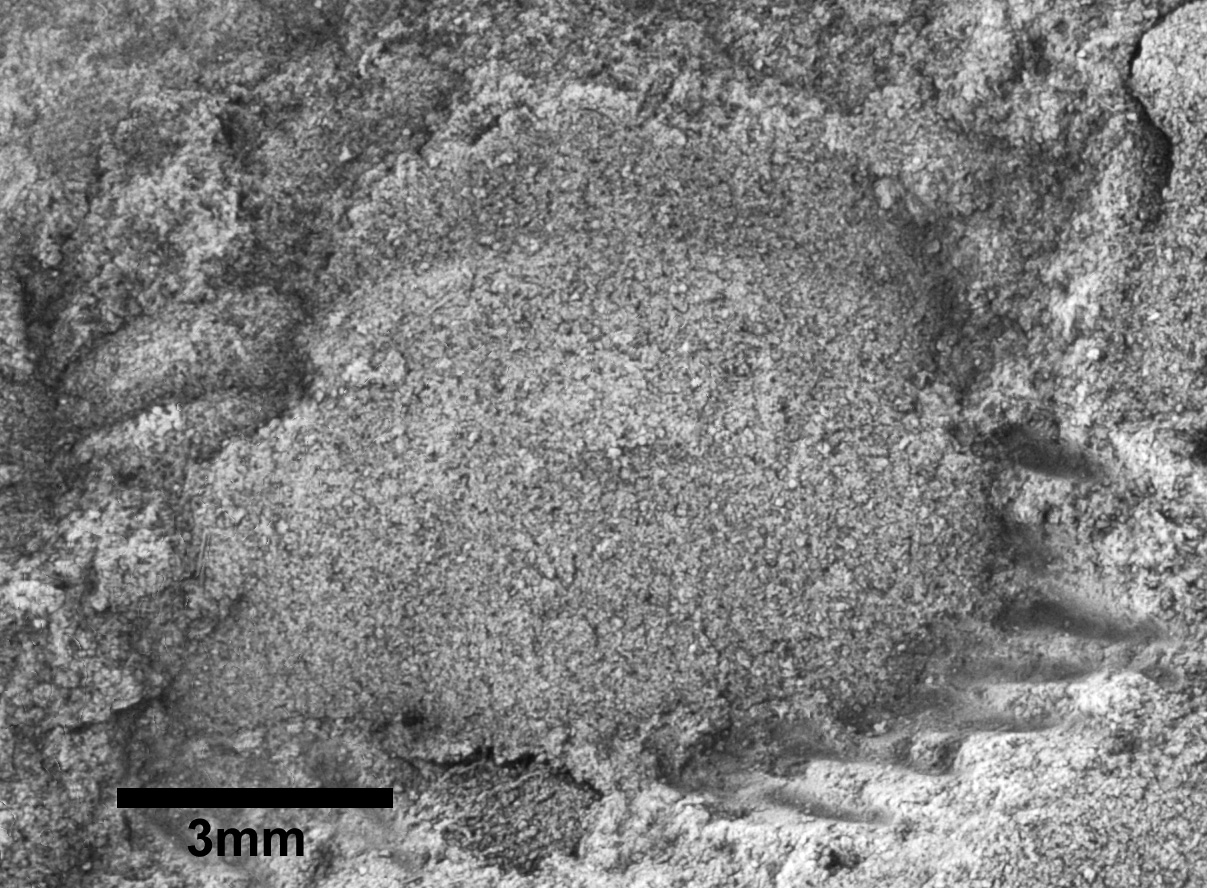The humble trilobite may be long-extinct, but even as fossils, there’s much they can teach us about the history of our planet. In fact, ancient arthropods – including 10 newly discovered species – that lived nearly half a billion years ago could provide the missing pieces to the puzzle of where Thailand fitted in the ancient supercontinent of Gondwana.
The fossils were discovered in a little-studied region of Thailand, Ko Tarutao, in a green layer of rock called a tuff – coincidentally, this type of rock is, in fact, tough. It’s formed when ash from volcanic eruptions settles on the seafloor and is gradually compressed into solid rock.
Within the fossil-containing tuff were crystals of zircon, a chemically stable, resilient mineral containing atoms of uranium, which gradually decay and transform into lead atoms. As a result, researchers could use radio isotope techniques to date the zircon, and thus the age of the eruption that led to the tuff and the trilobites within it.
They discovered that the trilobites dated back to around 490 million years ago, during the late Cambrian period, making the tuff a rare find. “Not many places around the world have this. It is one of the worst dated intervals of time in Earth’s history,” said co-author Nigel Hughes in a statement.
As well as discovering 10 new trilobite species within the tuff, the researchers found 12 types of trilobite that had never been discovered in Thailand, but had been found in other places. Together with the dating of the tuff, this could provide clues as to where the region would have been in relation to other countries when they were all part of Gondwana, the ancient supercontinent.

One of the newly discovered species, Tsinania sirindhornae, was named after Thailand’s Royal Princess.
Image credit: Shelly Wernette/UCR
“We can now connect Thailand to parts of Australia, a really exciting discovery,” explained first author Shelly Wernette. This suggests that the region that went on to become modern-day Thailand was on the outer margins of Gondwana.
It’s hoped this discovery could help provide further insight into the geographical history of the other areas where the trilobites have been found, but where rock has been difficult to date. “The tuffs will allow us to not only determine the age of the fossils we found in Thailand, but to better understand parts of the world like China, Australia, and even North America where similar fossils have been found in rocks that cannot be dated,” said Wernette.
The researchers also believe that the study is of use to the present, too. “What we have here is a chronicle of evolutionary change accompanied by extinctions. The Earth has written this record for us, and we’re fortunate to have it,” said Hughes. “The more we learn from it the better prepared we are for the challenges we’re engineering on the planet for ourselves today.”
The study is published in Papers in Palaeontology.
Source Link: 490-Million-Year-Old Trilobites Encased In Volcanic Rock Could Solve Ancient Geography Puzzle